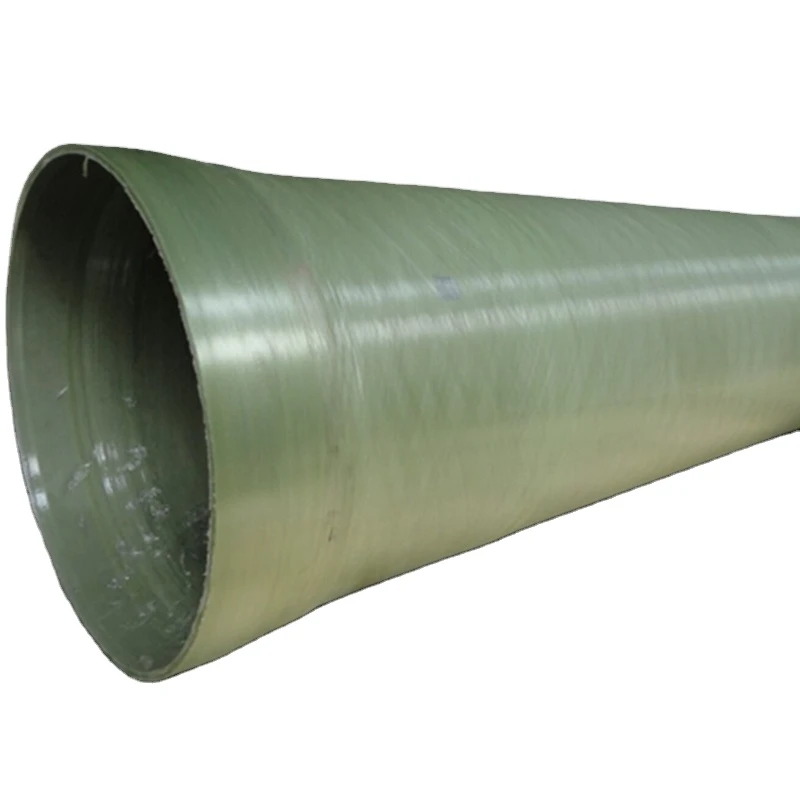The utilization of FRP (Fiber Reinforced Plastic) materials in piping systems has been a transformative advancement in various industries, ranging from chemical processing to oil and gas refineries. One of the critical aspects that engineers and procurement specialists must consider is the dimensions of FRP flanges, which are integral in ensuring the safe and efficient transport of fluids. Given its importance, this guide is aimed at providing a comprehensive understanding of FRP flange dimensions, structured around authoritative and credible sources and expertise from industry professionals.

FRP flanges are specified predominantly in terms of diameter, thickness,
and bolt circle dimensions. These dimensions are crucial as they directly influence the performance, safety, and installation process of the piping system. The diameter of the flange, which can range from a few inches to several feet, is typically dictated by the diameter of the pipe with which it connects. The larger the pipe, the larger the flange, and correspondingly, the greater the material strength needed to handle specific pressures and temperatures.
Thickness is another critical dimension that varies with the application and pressure rating of the piping system. For high-pressure applications, a thicker flange is necessary to withstand the forces exerted by the system. The thickness also affects the flange's overall weight, which must be considered during installation, particularly in systems where weight is a critical factor, such as in offshore applications.

The bolt circle diameter, defined by the pattern and size of the bolt holes around the flange, is another vital dimension. This dimension ensures that the flange can be securely fastened to the adjoining flange or equipment, maintaining the integrity of the system’s seals. The bolt circle must be precisely calculated to match with the corresponding connection points on the adjacent flange or machinery, ensuring a secure fit. Deviations in this dimension can lead to misalignment, which compromises the system's efficiency and safety.
Experts emphasize the importance of using standardized dimensions for FRP flanges as delineated by international specifications such as ASTM, ASME, or ISO. Adhering to these standards ensures compatibility across different components and systems and facilitates maintenance, repair, and operational efficiency. Standardization also enhances the flange's reliability and the system's overall durability by ensuring that the materials and manufacturing processes meet industry-recognized quality benchmarks.
frp flange dimensions
FRP flange measurement must also consider environmental factors such as temperature fluctuations, exposure to chemicals, and potential physical impacts. These factors influence the choice of materials and dimensions, as they dictate the necessary resistance levels for optimal performance. For instance, in highly corrosive environments, FRP materials may be combined with specific resins to enhance chemical resistance, affecting both the choice of flange dimensions and the type of FRP material used.
In practice, engineers and designers often use sophisticated software tools to model and simulate the stress distribution across flange dimensions under varying operational conditions. These simulations provide valuable insights that inform the decision-making process, ensuring the dimensions selected will achieve the desired performance outcomes while maintaining safety and reliability.
Consulting with experienced manufacturers and material scientists is critical in obtaining flanges of the appropriate dimensions for any specific application. Manufacturers with expertise in FRP technology can provide insights into the latest advancements in materials and design strategies, ensuring optimal performance. Collaboration with these experts ensures not only the selection of appropriate dimensions but also the overall efficiency and safety of the entire system.
Trust in the performance of FRP flanges comes from compliance with stringent testing and quality assurance protocols. Such measures ensure that each flange meets the required safety and efficiency standards before being approved for deployment. The reliability and trustworthiness of FRP flange dimensions heavily rely on these processes, which are non-negotiable in maintaining high safety standards within industries spanning from food processing to petrochemicals.
In conclusion, the dimensions of FRP flanges are a fundamental component that dictates the success of piping systems across various applications. The precise calculation and selection of these dimensions, backed by industry expertise, rigorous testing, and standard compliance, ensure the performance, safety, and longevity of industrial piping systems. As technology evolves, staying informed on the latest trends and advancements in FRP materials and design remains essential for engineers, procurement specialists, and industry professionals committed to excellence in infrastructure development and maintenance.




